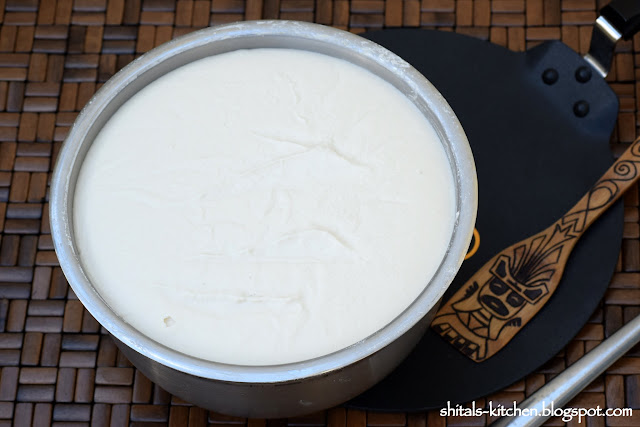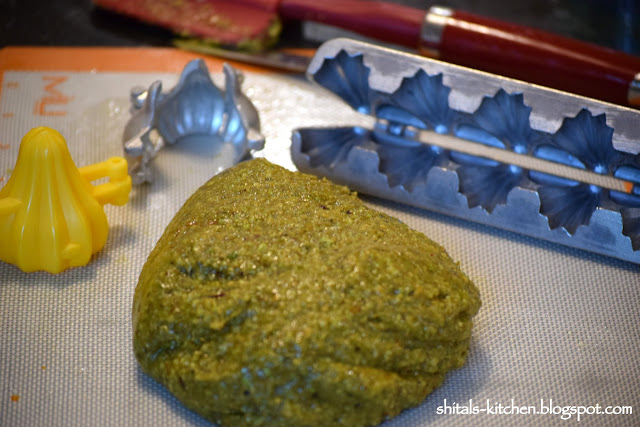It is exciting to be part of Santa Clara district teaching Indian cooking class. It is my pleasure to be on the district list as the instructor, and I am happy to spread my love and knowledge of Indian cuisine to the community.
Few months back, I conducted 'Dosa Making Workshop'. My goal was to show the participants how to make a good dosa batter and to make perfectly crisp dosas. Participants also learned to make coconut chutney. sambar, and delicious onion and potato masala to go with dosas. It was a hands-on class where participants made and practiced dosas to perfection. Indeed. it was super fun, and I am excited to teach this class again on October 10th. Here is the link to the workshop: Dosa Making Workshop
While we were practicing dosas, participants had questions related to Uttapam. So what is Uttapam? I would say it is a thick cousin of dosa. :) It is a gluten-free pancake made with the fermented batter of rice and white lentils. With the topping of your choice, this can be a great 'Make your own Uttapam' party food! While I am a dosa fan but my husband enjoys Uttapam, and with the same batter I am able to satisfy different taste buds.
Ingredients:
Dosa Batter/Uttapam batter
1 part white lentils
3 parts rice floor
Water
Oil or butter for frying
Toppings of your choice
To make Uttapam batter:
Few months back, I conducted 'Dosa Making Workshop'. My goal was to show the participants how to make a good dosa batter and to make perfectly crisp dosas. Participants also learned to make coconut chutney. sambar, and delicious onion and potato masala to go with dosas. It was a hands-on class where participants made and practiced dosas to perfection. Indeed. it was super fun, and I am excited to teach this class again on October 10th. Here is the link to the workshop: Dosa Making Workshop
While we were practicing dosas, participants had questions related to Uttapam. So what is Uttapam? I would say it is a thick cousin of dosa. :) It is a gluten-free pancake made with the fermented batter of rice and white lentils. With the topping of your choice, this can be a great 'Make your own Uttapam' party food! While I am a dosa fan but my husband enjoys Uttapam, and with the same batter I am able to satisfy different taste buds.
Ingredients:
Dosa Batter/Uttapam batter
1 part white lentils
3 parts rice floor
Water
Oil or butter for frying
Toppings of your choice
To make Uttapam batter:
- Wash and soak white lentil/urad dal in 3 cups of water overnight or for 6 to 8 hours. In a separate bowl, mix rice flour with 4 part of water to make a smooth batter. Cover and let it rest for same time as lentils. After 6 to 8 hours, remove water from lentils and grind to form a smooth paste. Mix the paste in rice flour batter. Mix well for 4-5 minutes. Cover and let the batter ferment in a warm place like oven or outside depending on the climatic conditions. The batter will ferment from anywhere from 8 hours to 18 hours. Do not leave the batter to ferment for more than 24 hours. After that batter should always be refrigerated to avoid growth of fungus.
- Mix salt to the batter and the batter is ready to make dosas or uttapam.
- Use a cast iron skillet or a non stick skillet. Heat it up well.
- Pour 1/2 cup batter on the skillet and spread it lightly depending upon the thickness of your desire. Add toppings of your choice. Add few drops of oil or ghee or butter and fry on both sides.
- Serve.
Here is step-by-step pictorial recipe:
Onion Chilli Uttapam
Mini Uttapams made with variety of toppings.
Onion Tomato Uttapam
Onion Uttapam
Cheese Uttapam
Cheese Chilli Uttapam
Podi Uttapam
Schezwan Masala Uttapam
Masala Uttapam
Enjoy your Uttapam Party!
Comments are welcome, but please do not post comments with advertisement or outside links.






















































